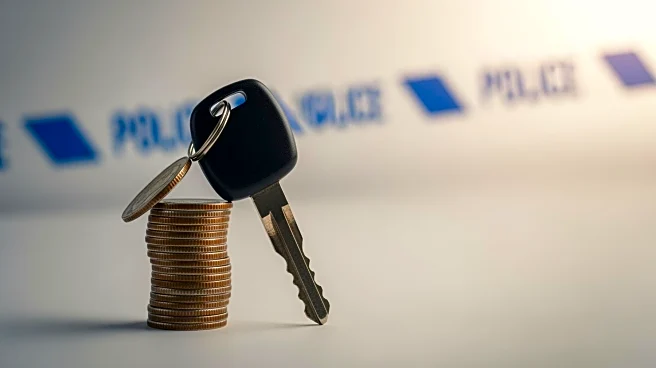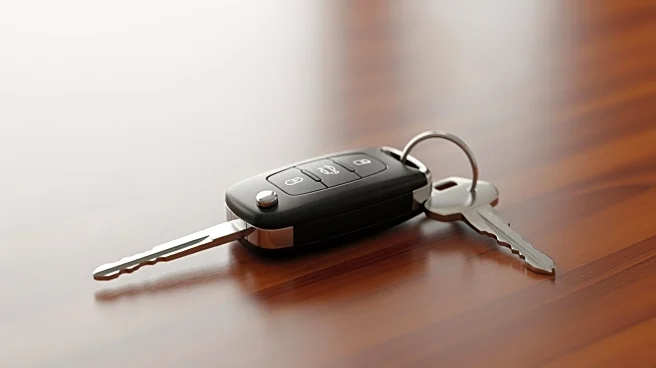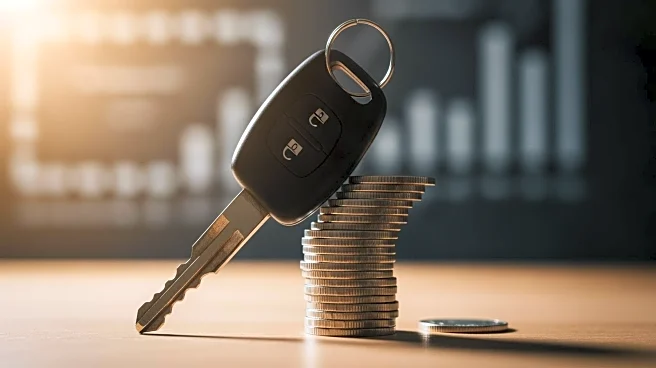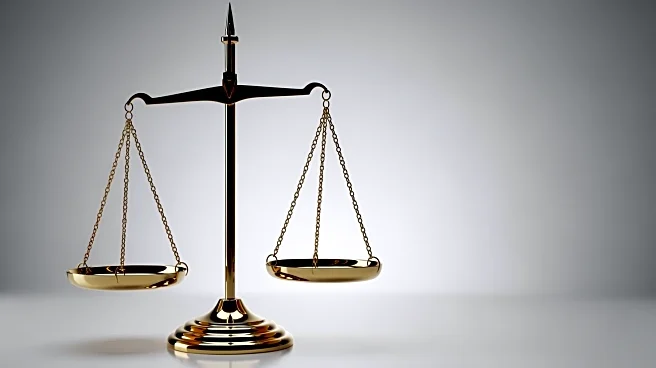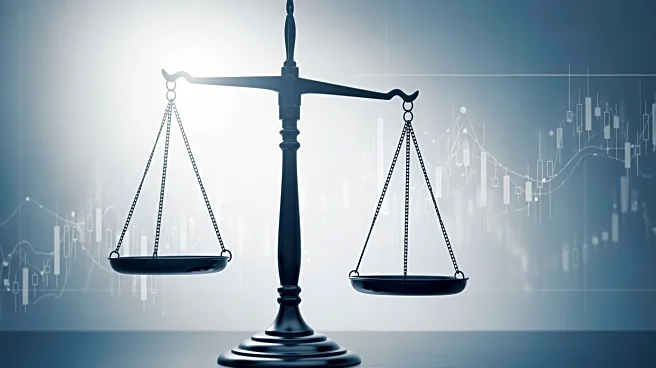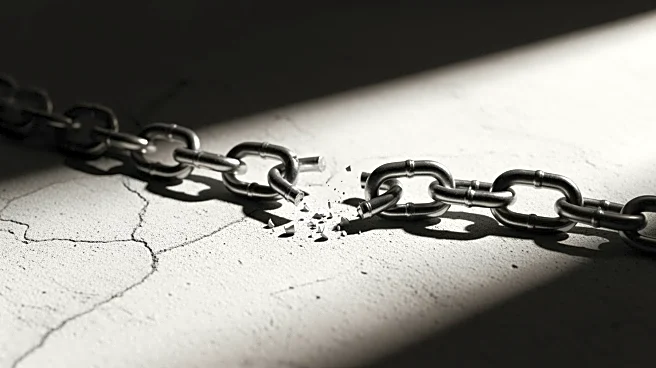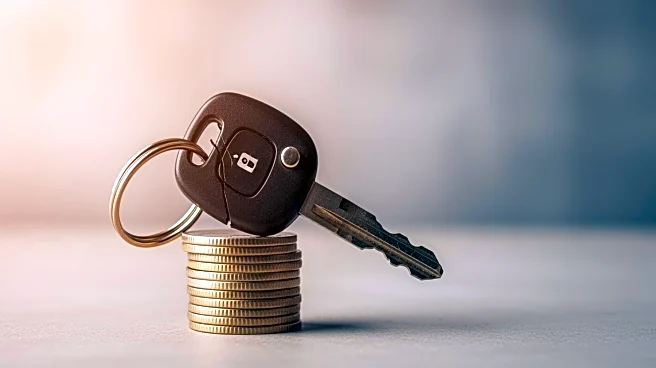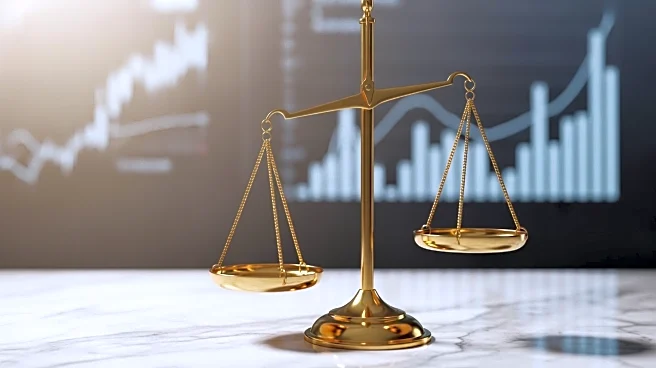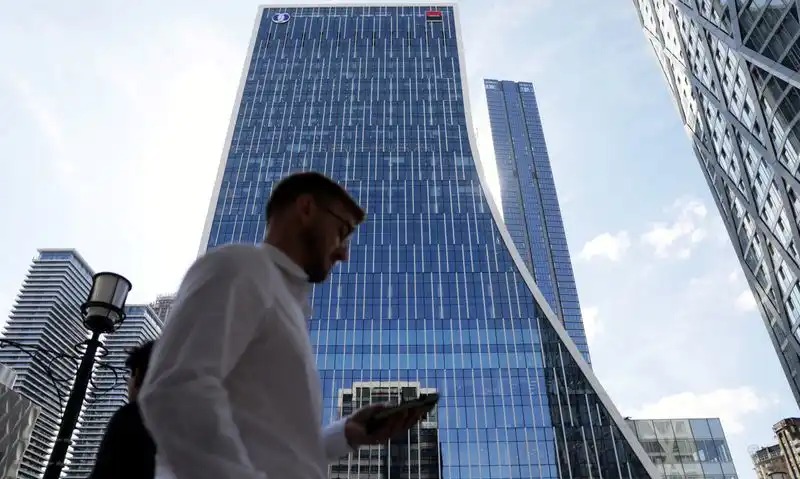What's Happening?
A significant number of American subprime borrowers are falling behind on their car payments, with the delinquency rate for those at least 60 days late doubling since 2021 to 6.43%, according to Fitch
Ratings. This rate is higher than during the past three recessions, including the Covid pandemic and the Great Recession. The financial strain is exacerbated by record car prices, high interest rates, and inflationary pressures, leading to increased auto payments and stress on car owners. Subprime borrowers, who often have no choice but to default, face repossession at rates not seen since the Great Recession. The situation is compounded by rising repair and insurance costs, further burdening consumers.
Why It's Important?
The rising delinquency rates among subprime borrowers highlight underlying economic vulnerabilities despite strong stock market performance and overall economic growth. This trend underscores the disparity between prime and subprime borrowers, reflecting a K-shaped economy where lower-income consumers struggle while wealthier individuals thrive. The financial distress among subprime borrowers could signal broader economic challenges, particularly if the labor market weakens and layoffs increase. The situation also raises concerns about the sustainability of consumer debt levels and the potential for increased defaults, which could have ripple effects on the broader economy.
What's Next?
Economists are closely monitoring the labor market and potential policy responses to address the financial strain on subprime borrowers. If economic conditions worsen, there could be increased calls for policy interventions to support vulnerable consumers. Additionally, lenders specializing in subprime loans may adjust their strategies to mitigate risks, potentially impacting the availability and terms of auto loans for subprime borrowers.
